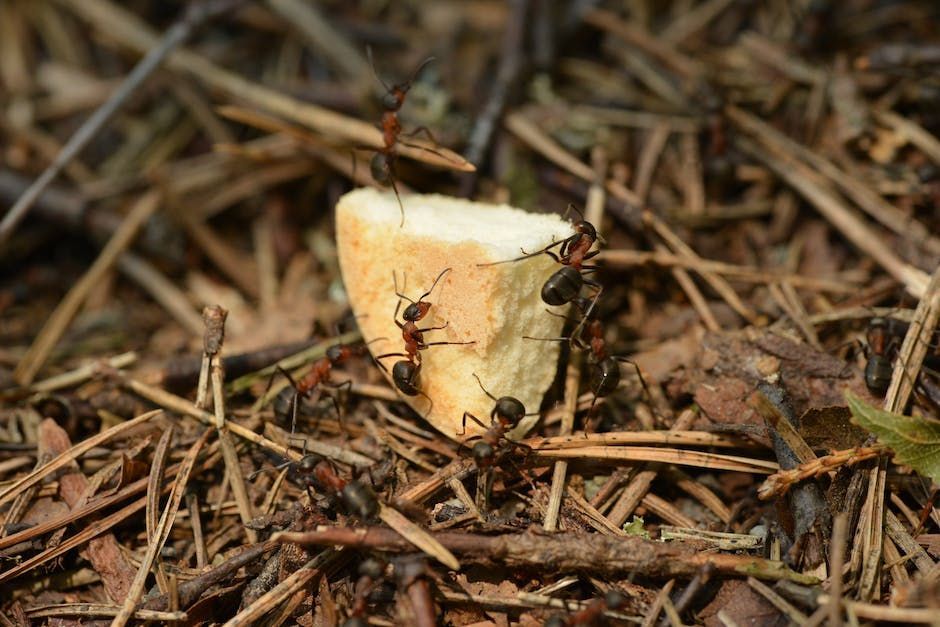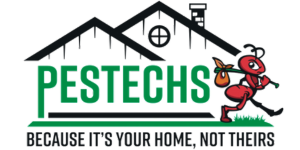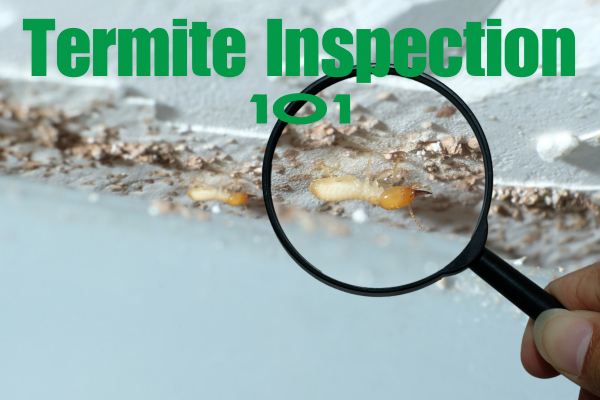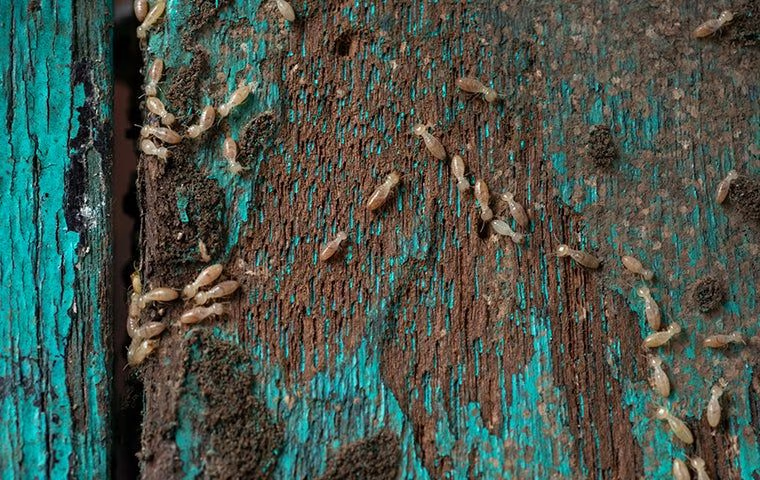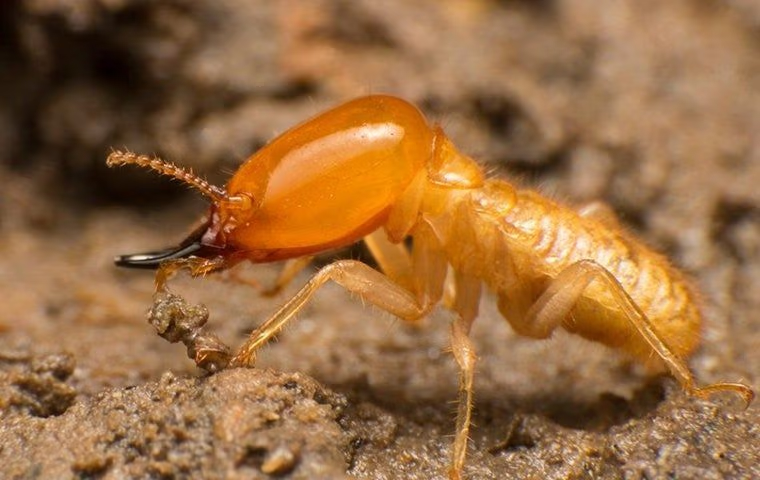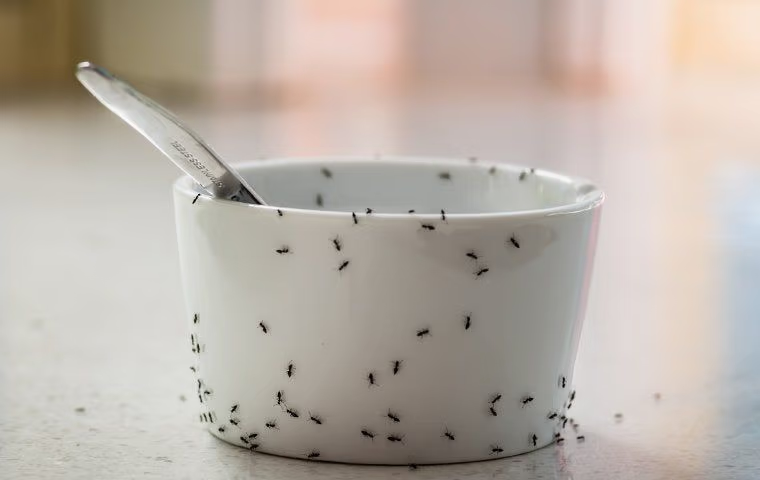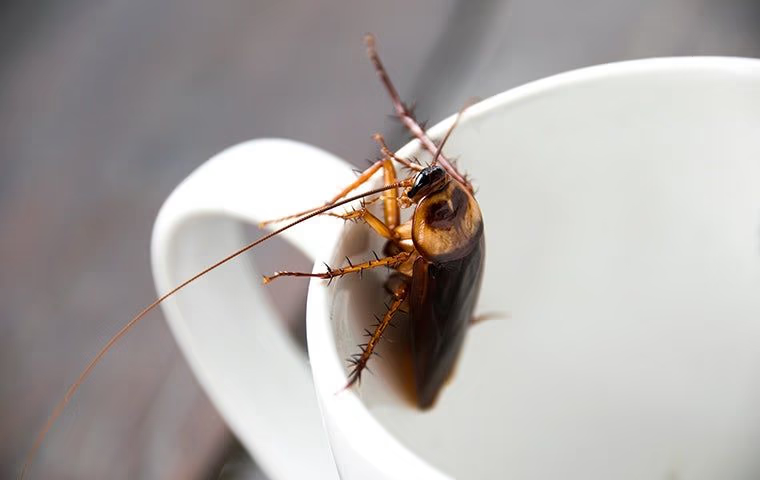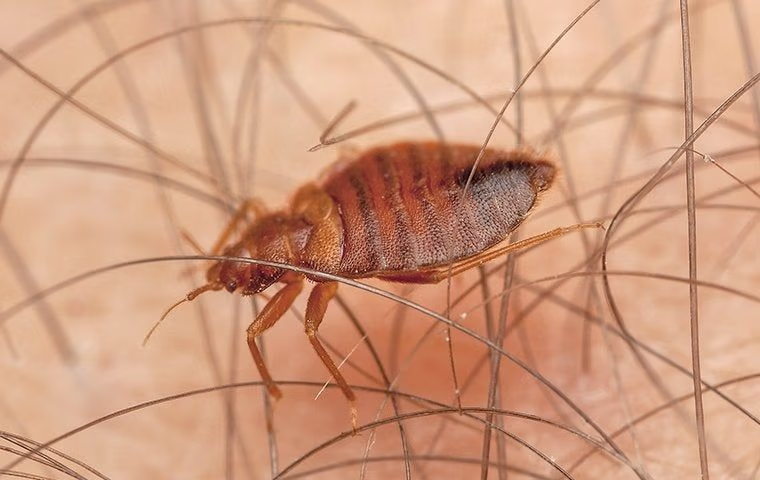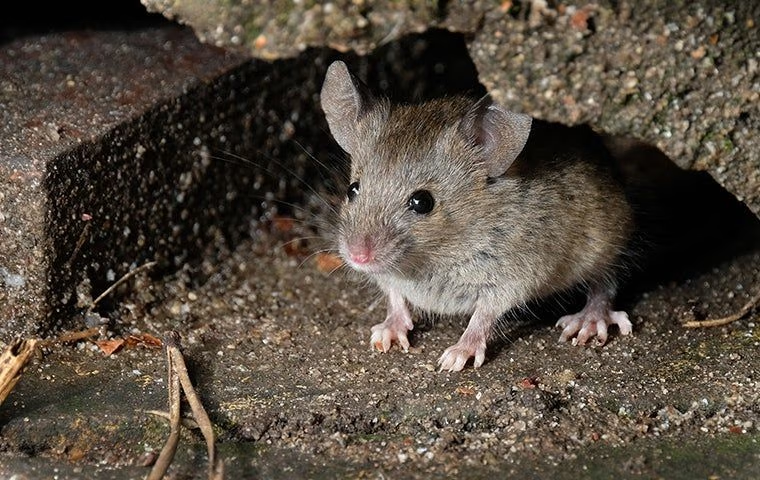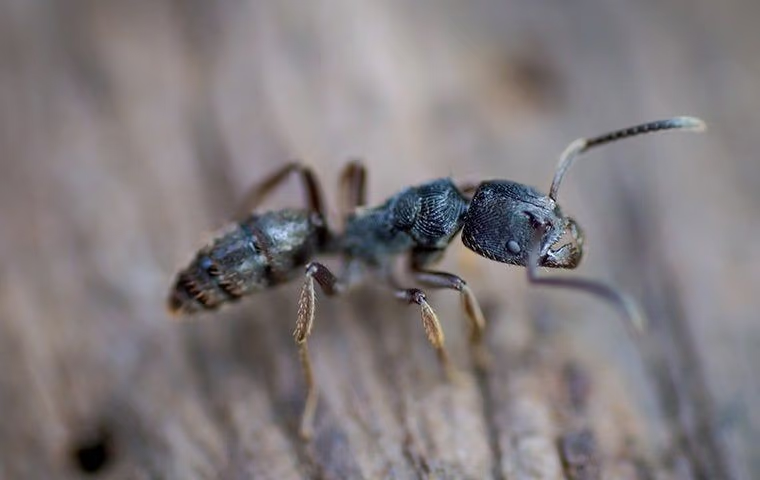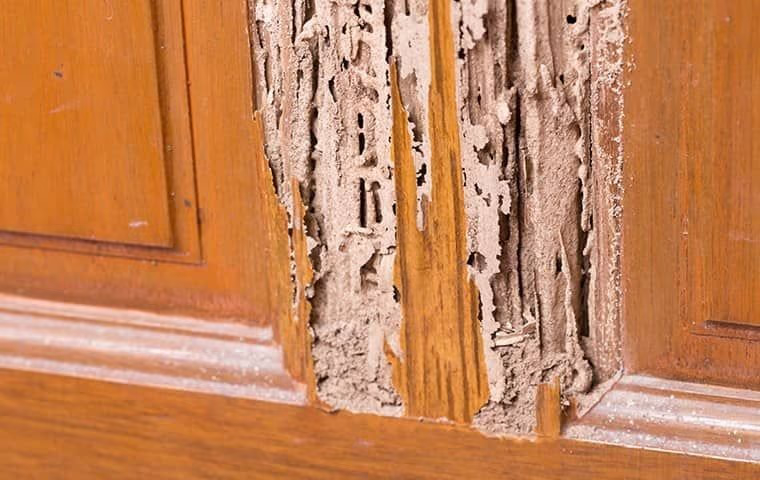Top Things Termite Inspectors Check For During an Inspection
June 25, 2024
Termites can cause major damage to your home without you even knowing it. That’s where a termite inspector comes in. They identify termite activity and termite colonies, and recommend treatment plans to protect your property. This article explains what termite inspectors check for, why inspections are crucial, and guides you through the inspection process.
Key Takeaways
- Termite inspectors focus on identifying termite activity, assessing property damage, and recommending treatment plans tailored to your specific situation.
- Key indicators of termite infestations include mud tubes, hollow or damaged wood, and discarded wings, which inspectors look for using specialized tools.
- Regular and thorough inspections, typically conducted annually, are essential for early detection and prevention of termite damage, protecting the structural integrity of a property.
An Introduction to Termite Inspections
Termite inspections are a homeowner’s first line of defense against these destructive pests. These inspections help identify signs of infestations early, allowing for prompt and cost-effective treatments. Given that termites are known for their ability to cause irreversible damage before their presence is detected, annual termite inspections are recommended to ensure early detection and prevention of termite infestations.
Regular termite inspections are not just about peace of mind; they are about safeguarding your investment. Termites can compromise the structural integrity of your property by weakening wooden support beams, flooring, and walls. By understanding what termite inspectors do and recognizing the signs of termite activity, you can take proactive steps to protect your home.
What Does a Termite Inspector Do?
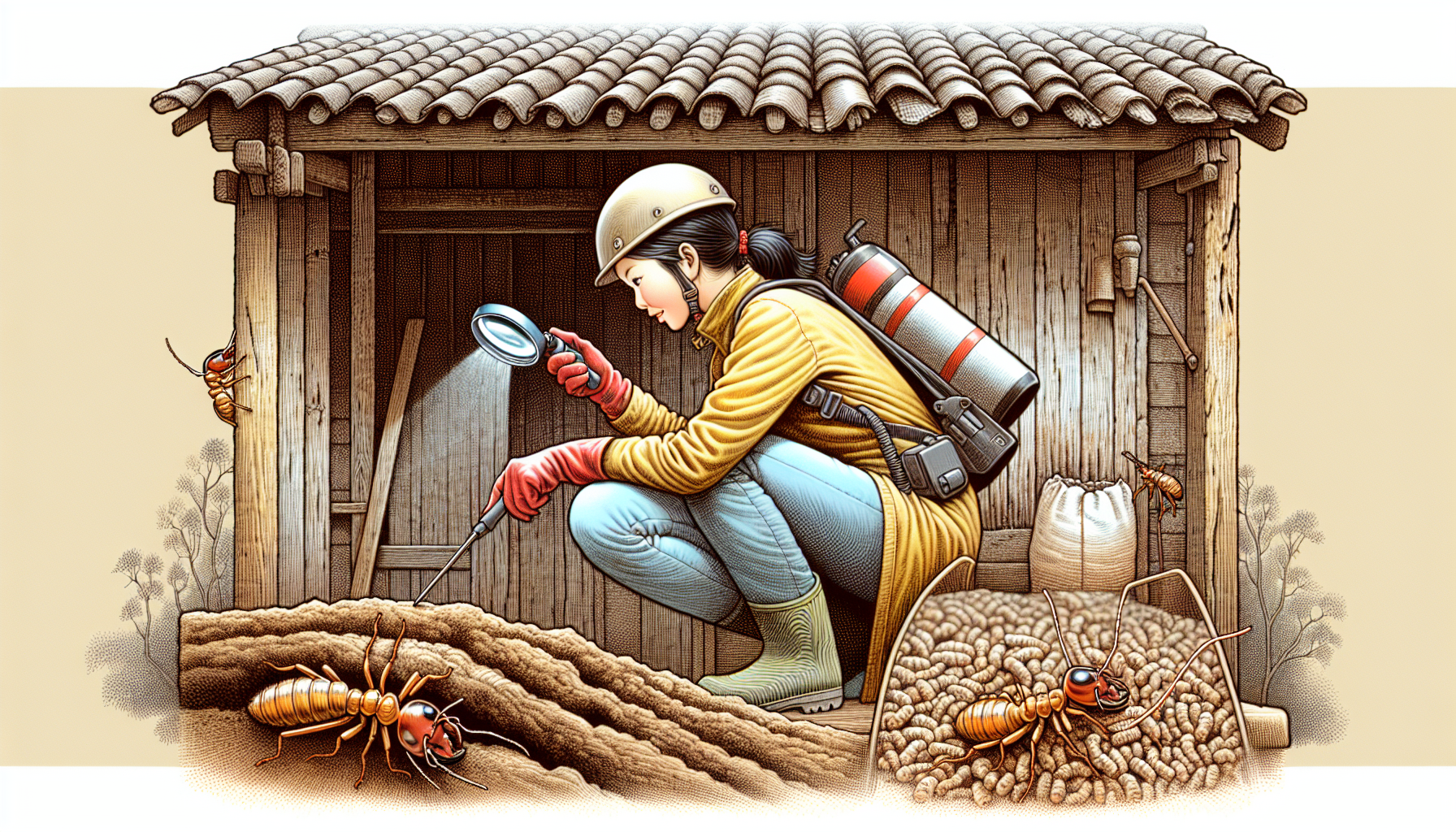
A termite inspector plays a crucial role in protecting your home from the destructive power of termites. Their job is to identify termite activity, assess property damage, and recommend treatment plans tailored to your specific situation. Termite inspectors also recommend appropriate termite treatment based on their findings. Regular termite inspections help identify signs of infestations early, allowing for prompt and cost-effective treatment.
When a termite inspector arrives, they conduct a thorough inspection, looking for evidence of termite activity and assessing the extent of any damage. They are trained to see things that DIYers might miss and use specialized tools and techniques to ensure a comprehensive inspection. Let’s delve into the specific tasks they perform during a termite inspection.
Identifying Termite Activity
One of the primary tasks of a termite inspector is to identify signs of termite activity. This involves searching for hollowed or damaged wood, which is a clear indicator of termite activity. They look for mud tubes, which termites use to travel and maintain moisture levels. These narrow passageways made of wood and soil connect termite nests to their food source and are a significant sign of subterranean termites. A good termite Inspector should also look for termite swarmers, which are reproductive termites that can indicate a growing colony.
Termite inspectors also search for discarded termite wings, often found near windows and doors, which can indicate the presence of termite colonies. Termite droppings, or frass, that resemble wood pellets are another sign of a termite infestation. To detect these signs, a termite inspector will use specialized tools like moisture meters, infrared cameras, and even methane detectors.
Regular property inspections are crucial to identify signs of termite activity early. Using a screwdriver to expose any tunnels created by termites and infrared technology to identify heat patterns indicating the presence of drywood termites are some of the methods employed by inspectors.
Assessing Property Damage
Assessing the extent of property damage is another critical task for termite inspectors. Termite damage can compromise the structural integrity of your property by weakening wooden support beams, flooring, and walls. Termite damage repair is often necessary to restore the structural integrity of the property. This damage often requires costly repairs to restore the structural integrity of the property.
By evaluating the damage, inspectors can determine the severity of the infestation and the necessary steps to address it.
Recommending Treatment Plans
Based on their findings, termite inspectors recommend termite treatment plans tailored to the specific situation. Professional termite treatment is often required to effectively control termites due to the challenges they present. These pests are known for being notoriously difficult to manage. Inspectors discuss treatment options, which can range from baiting stations to fumigation for severe infestations.
The goal is to effectively control and prevent future termite infestations, ensuring your home remains safe and secure.
Key Signs Termite Inspectors Look For
Understanding the key signs that termite inspectors look for can help homeowners identify potential problems early. Effective termite detection is crucial for early intervention and treatment. Mud tubes, wood damage, and discarded wings are primary indicators of termite infestations. These signs are crucial for early detection, allowing for timely and effective treatment.
Inspectors look for the following signs of subterranean termites:
- Mud tubes, which are a definitive sign of termite activity
- Wood damage, such as hollow sounds and buckling paint
- Discarded wings from swarmers, often found near light fixtures or windows
Let’s explore these signs in more detail.
Mud Tubes
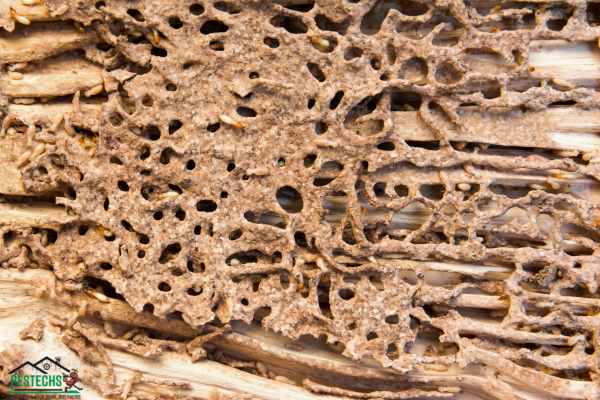
Mud tubes are narrow passageways made of wood and soil, connecting termite nests to their food source. They are about the width of a pencil and are created from wood and soil. These tubes are significant because they protect termites from predators and prevent dehydration. Inspectors check for evidence of mud tubes against the foundation and in smaller areas like form boards and utility line entries.
Even if mud tubes are not visible, it does not necessarily mean there are no subterranean termites present. These tubes are a clear sign of termite activity and should be addressed promptly to prevent further damage.
Wood Damage
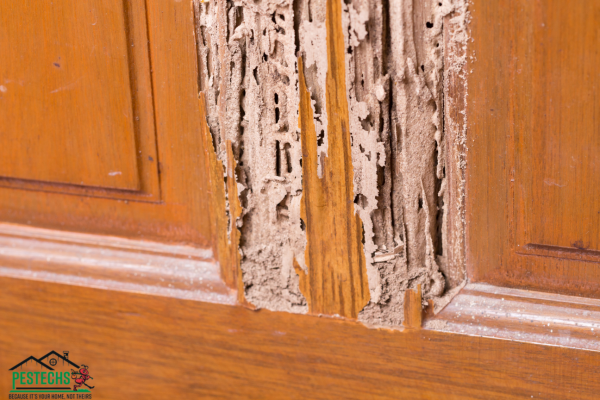
Wood damage is another primary sign of termite activity. Termites create tunnels in wood parallel to the grain, damaging the wood’s structural joints and making it sound hollow when knocked on. Subterranean termites can cause bubbling or peeling paint and buckling or bulging walls. Termites damage drywall, leaving wood unable to provide necessary structural support.
Baseboards and door frames are commonly inspected for signs like buckling paint, which may indicate subterranean termite damage. A tell-tale sign of a termite infestation is when wood sounds hollow upon knocking.
While pressure-treated wood is resistant to termites, it may still be susceptible to termite damage over time. This is especially true as the wood ages. Inspectors use various techniques to detect wood damage and determine the extent of the infestation.
Discarded Wings
Discarded wings from swarmers are a significant indicator of termite swarms and new colonies. Swarming termites are often attracted to light fixtures or windows, where these wings are frequently found.
Termite swarms typically occur when the weather warms up, indicating a need for prompt inspection and treatment to prevent new infestations.
Areas Inspected by Termite Inspectors
A termite inspector should examine both exterior and interior areas of your property to identify potential entry points and signs of infestation. Key exterior areas include wooden structures, fences, cracks, deadwood, firewood, wood mulch, the foundation, windows, and the roof. Interior inspections focus on bathrooms, kitchens, utility rooms, walls, floors, and ceilings, especially around plumbing penetrations. The findings from these inspections are documented in a detailed termite inspection report.
Inspectors conduct an annual inspection, looking extensively around the exterior of a property to identify potential entry points and signs of infestation. By examining these critical areas, they can determine the presence of termites and the extent of any damage.
Crawl Spaces and Attics
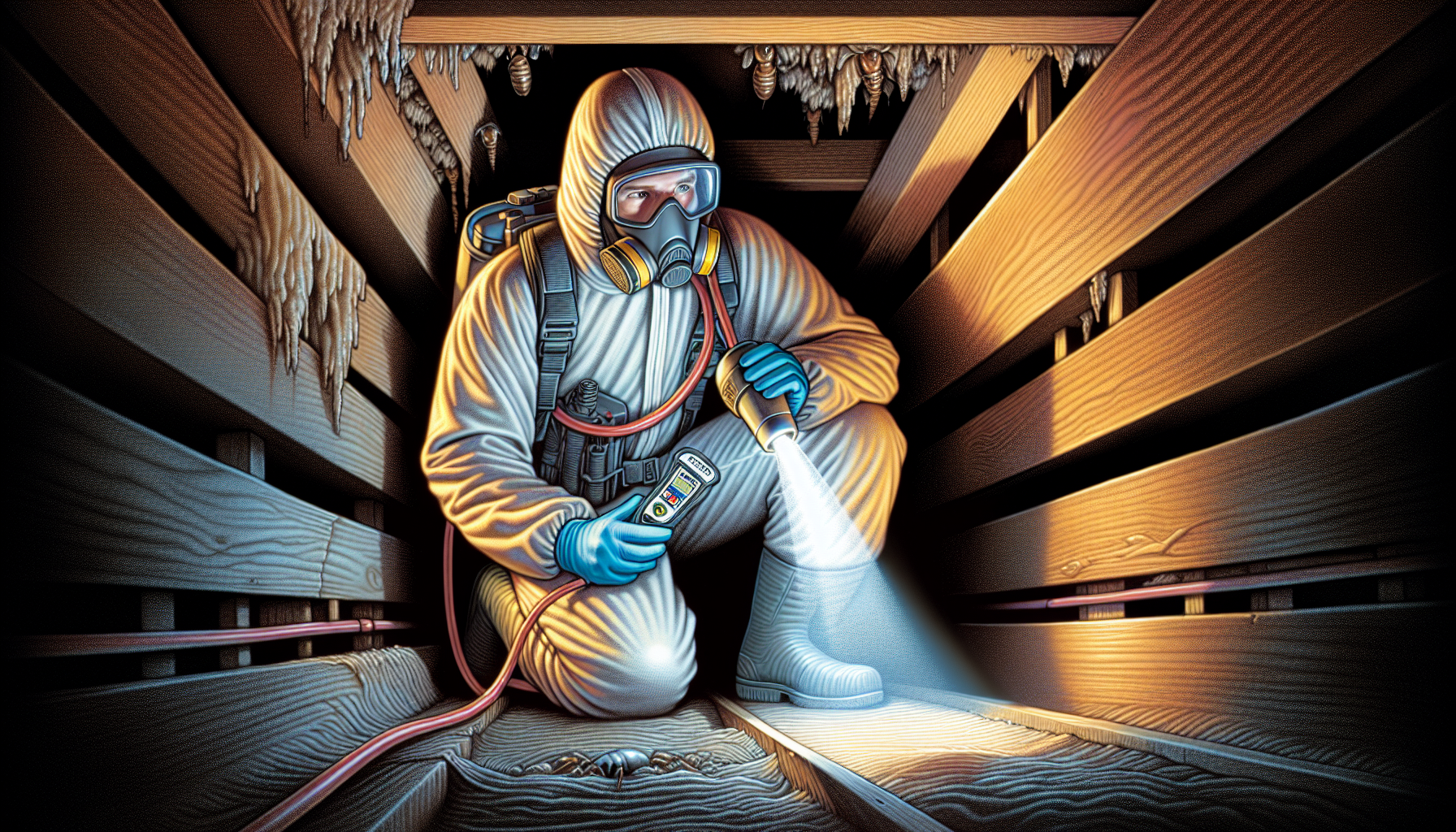
Crawl spaces and attics are critical areas for inspection because termites often use these secluded spots to gain entry and build colonies. Crawl spaces often have high moisture levels, which attract termites, and termites can use wooden support beams in crawl spaces as a food source, making these areas vulnerable.
Attics can harbor termites that have entered through the roof or eaves. Inspectors ensure there is enough space to check for termites, which often enter through attic vents. These areas are crucial for a comprehensive inspection to prevent and address termite infestations.
Baseboards and Door Frames
Baseboards and door frames are inspected for signs of termite activity, such as frass, which looks like small pellets and indicates termite presence. A termite inspector will look for tiny holes or bubbling paint, which can indicate termite activity.
Termite droppings, also known as frass, are often found near baseboards, door frames, and windowsills. By inspecting these areas, a termite inspector can detect early signs of termite infestations and recommend appropriate treatments.
Exterior Wooden Structures
Exterior wooden structures like:
- decks
- sheds
- carports
- arbors
are vulnerable to termites because of their constant exposure to outdoor elements. Inspectors check wooden fences for signs of termite activity, as these can serve as pathways into the home.
Decks are also inspected because they are often in direct contact with the ground and can be easily infested by termites.
The Termite Inspection Process
The termite inspection process involves several steps:
- Scheduling the inspection: This can be done online or over the phone with a chosen company.
- Preparing your home: This involves giving access to critical areas and clearing clutter to ensure a thorough inspection.
- The actual inspection day: A professional termite inspector will come to your home to assess for any signs of termite activity.
By following these steps, you can ensure a comprehensive free termite inspection for your home, covering most termite inspections.
On the day of the inspection, the termite inspector arrives equipped with tools like flashlights and probing tools to examine wood surfaces and detect hollow spots. The inspection typically starts at the lowest level of the home and lasts about 45 minutes to two hours. Let’s explore these steps in more detail.
Scheduling the Inspection
It is recommended to schedule a termite inspection annually to avoid any potential termite problems. You can usually schedule a termite inspection:
- Online
- Via phone
- Via email
- Via text
Many companies offer comprehensive termite inspection services to ensure thorough assessments and should recommend regular termite inspections help identify signs of infestations early, allowing for prompt and cost-effective treatment.
Preparing Your Home
To prepare your home for a termite inspection, follow these steps:
- Pull stored items away from foundation walls and open any crawl spaces to allow thorough inspection.
- Move items away from walls, both inside the house and in the garage, to provide easy access for the termite inspector.
- Clear out the cupboards under sinks to give inspectors access to areas near water sources, which are prime locations for termites.
Ensure the termite inspector has clear access to the exterior walls by trimming bushes and moving outdoor furniture. Keep the home dry before the inspection, as excess moisture can interfere with the moisture meter readings. Proper preparation ensures a comprehensive inspection and helps identify any potential issues.
Inspection Day
On inspection day, the termite inspector arrives and provides information on what they look for and how they can help protect the home from termites. They use flashlights and probing tools to examine wood surfaces and detect hollow spots. Inspectors might use borescopes, which are fiber-optic probes, to look inside walls with minimal invasion.
A termite inspection typically takes about 45 minutes to an hour and involves examining the entire physical structure of the home, from the roof to the foundation. By the end of the inspection, the termite inspector will have a clear understanding of any termite activity and potential damage.
Cost of Termite Inspections
The cost of termite inspections varies depending on several factors, such as the size of the property, the severity of the infestation, and the location. The termite inspection fee can vary based on several factors, including the size of the property and the severity of the infestation. The average cost ranges from $75 to $325. The national average is around $100.
Additional factors that can influence the cost include the presence of larger or multiple termite colonies, the specific species of termites, and regional cost variations. Despite the varying costs, the investment in a termite inspection is worthwhile to prevent the potential for extensive damage and costly repairs in the future.
Average Costs
While the average termite inspection cost is around $100, some inspections can be more comprehensive and cost up to $325. In high-risk areas of homes, the expenses might be higher due to the need for more thorough inspections.
For severe infestations, treatment costs can range from $70 to $1,530, depending on the size of the home and the severity of the infestation.
Post-Inspection Steps
After the termite inspection, it’s crucial to review the findings to understand the extent of the infestation and the necessary steps to take. The detailed report from the termite inspector will outline the detected termite activity and offer tailored treatment recommendations if termites are found. Following this, implementing the recommended treatments is essential to control and prevent future termite infestations.
It’s normal to find dead termites and droppings after treatment; these should be cleaned up promptly. Prevention of future termite infestations can be achieved through yearly inspections and other preventive methods. Let’s delve into these post-inspection steps in more detail.
Reviewing the Report
After completing the inspection, homeowners receive a detailed report outlining the findings and recommended treatment options. The termite inspection findings provide a detailed overview of any detected termite activity and damage. The report includes:
- An overview of detected termite activity
- Tailored treatment recommendations if termites are found
- Section 1 Repairs that need immediate attention, indicating active infestations or severe damages that must be addressed promptly.
Additionally, the report may list Section 2 Repairs, which are areas that might require attention later but are not currently urgent. Understanding these sections helps homeowners prioritize the necessary repairs and treatments to protect their property.
Implementing Treatment
Following the review of the inspection report, it’s important to implement the recommended termite treatment plan to effectively control and prevent termite infestations. Treatment options for drywood termites include spot treatment, fumigation, and removal of infested wood. For subterranean termites, termite baiting systems can be effective.
Evaluating the effectiveness of termite fumigation can take weeks or months, with ongoing assessments needed. Follow-up treatments are often necessary to ensure complete eradication of termites. By adhering to the treatment plan, homeowners can protect their property from further damage.
Preventing Future Infestations
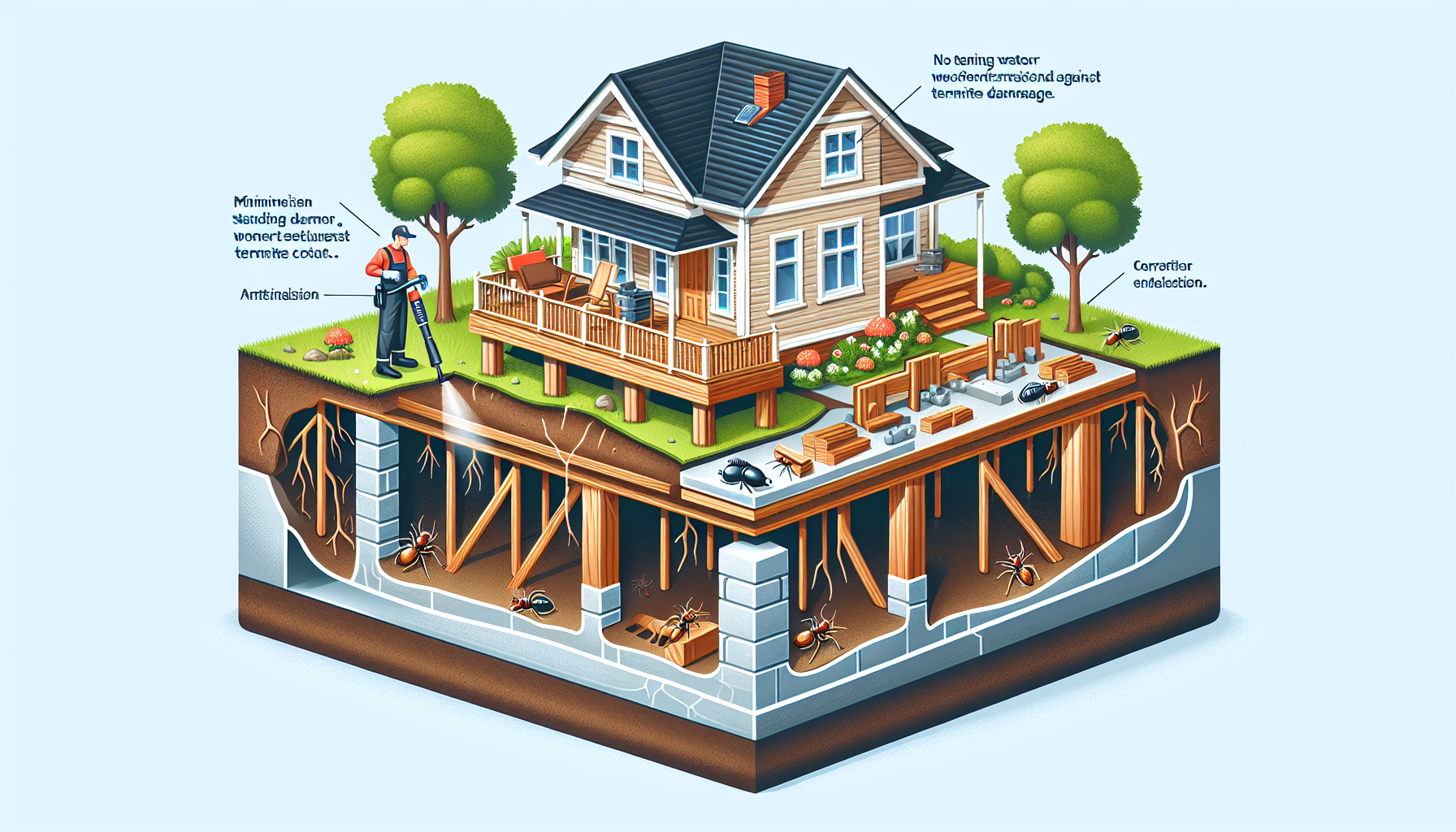
Preventing future termite infestations involves regular maintenance and proactive measures. Schedule an annual termite inspection to avoid a termite problem before it occurs, or immediately if signs of termites are present. Check for any structural conditions that may make your home vulnerable to future termite infestations, such as wood-soil contact or wood debris near the home.
Regular maintenance for termite prevention includes:
- Ensuring no wood-soil contact
- Keeping wood debris away from the home
- Keeping firewood stacks at least 20 feet from the house and elevated off the ground
- Installing termite barriers or baiting systems to monitor and control termite activity
These preventive measures are essential to protect your property from termite damage.
Choosing a Professional Pest Control Company
Choosing a professional pest control company is a critical step in managing and preventing termite infestations. Here are some tips to help you choose the right company:
- Verify that the company is licensed, insured, and has a strong reputation in the community.
- Ensure the pest control company holds both general liability insurance and workers’ compensation insurance.
- Reputable companies often have A+ ratings with the Better Business Bureau and good reviews on sites like Google and Yelp.
Effective termite control is essential for preventing future infestations and protecting your property.
When selecting a pest control company, prioritize both quality and value; costs alone should not be the deciding factor. Ensure the company follows environmentally friendly practices such as Integrated Pest Management (IPM).
Let’s explore the specific considerations when choosing pest control professionals for your pest control needs.
Checking Credentials
Start by asking for a copy of the company’s license and ensure the person performing the services is a certified, licensed pesticide applicator. Ensure the pest control company has at least one certified, licensed commercial pesticide applicator in the proper service category. Request copies of the pest control license and pesticide labels that indicate proper application rates and necessary precautions.
Research if any complaints have been filed against the company by contacting state departments or regulatory agencies. Contact organizations like the Better Business Bureau to check if complaints have been filed against the company. Asking the company to provide references and checking with past clients about their satisfaction with the services provided is also a good practice.
Reading Reviews
Utilize reviews on platforms like Google and Yelp to gauge customer satisfaction and service quality. Look for online reviews and testimonials to gauge the company’s reputation and customer satisfaction.
Client testimonials can reveal how well pest control companies have dealt with various types of pests. Consistent patterns in reviews can indicate strengths or weaknesses in a company’s services.
Comparing Services
To ensure you get the best value, it’s important to compare services and obtain quotes from multiple companies. Here are some steps to follow:
- Gather multiple estimates and compare them, keeping in mind that the cheapest option may not always be the best.
- Evaluate what each service contract includes, such as periodic inspections and guarantees for termite control work.
- Consider the reputation and experience of each company before making a decision.
By following these steps, you can make an informed choice and ensure that you receive quality termite control services. While budget-friendly options might be tempting, consider their effectiveness in solving the pest issue permanently.
Termite Inspection Summary
Regular termite inspections are essential for early detection and prevention of termite infestations. By understanding what a termite inspector does, recognizing the key signs of termite activity, and knowing the areas they inspect, homeowners can take proactive steps to protect their property. The inspection process, from scheduling to preparing your home and the actual inspection day, is crucial for a thorough assessment.
After the inspection, reviewing the report, implementing the recommended treatments, and taking preventive measures are vital steps to ensure your home remains termite-free. Choosing a professional pest control company with the right credentials and good reviews further enhances your efforts. By following these guidelines, you can protect your home from the silent destroyers and maintain its structural integrity.
Frequently Asked Questions About Termite Inspections
How often should I schedule a termite inspection?
You should schedule a termite inspection annually to prevent potential termite issues and detect infestations early. Avoiding annual inspections may lead to undetected termite problems.
What are the common signs of termite activity?
Common signs of termite activity include mud tubes, hollowed wood, discarded wings, termite droppings, and bubbling paint. Keep an eye out for these indicators to detect termite presence in your property.
How much does a termite inspection cost?
The cost of a termite inspection can range from $75 to $325, with the national average being around $100.
What should I do to prepare my home for a termite inspection?
To prepare your home for a termite inspection, make sure to pull stored items away from foundation walls, open any crawl spaces, clear out cupboards under sinks, trim bushes, and move outdoor furniture to provide easy access for the termite inspector. This will help ensure a thorough inspection and accurate assessment.
How do I choose a professional termite control company?
To choose a professional pest control company, ensure they are licensed and insured, check their reviews on platforms like Google and Yelp, and compare their services and quotes for the best value.
